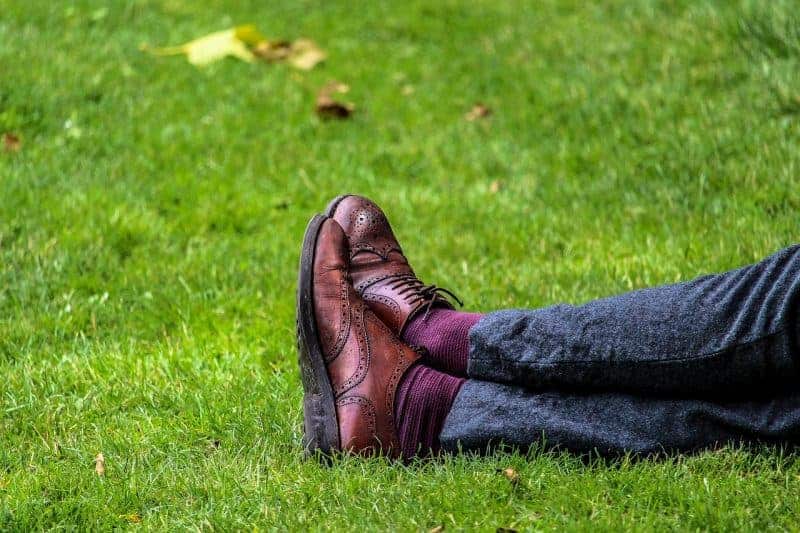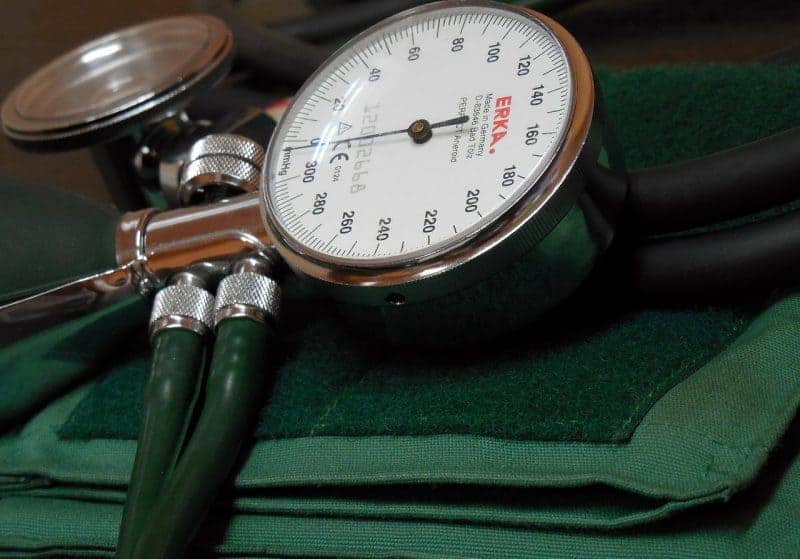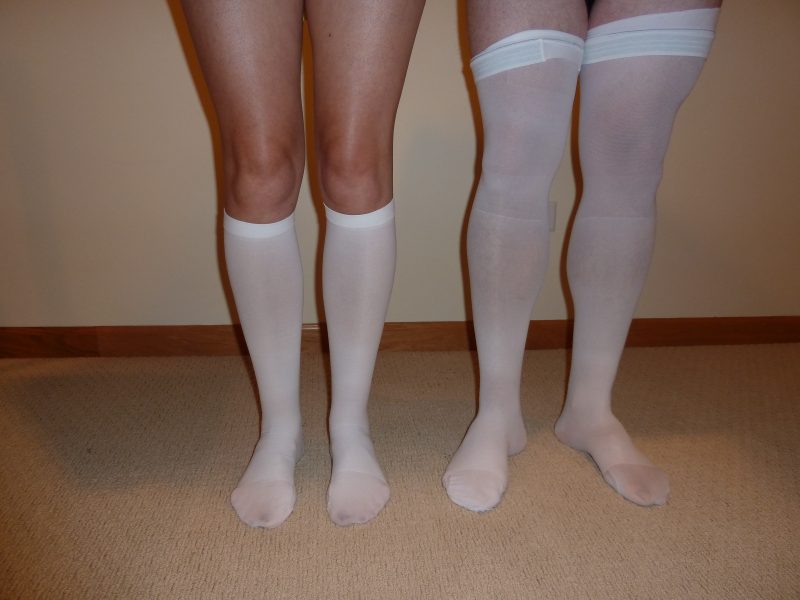Many people benefit from wearing compression garments. You might be one of them. If your health care provider, personal trainer, or a best friend recommends wearing compression hose for any reason, you’ll want to know more before buying your first pair. In the interest of good health for everyone, we are pleased to present this concise guide to gradient compression garments.
Why people wear compression stockings

In the past, physicians typically wrote a prescription for compression stockings to post-op patients, persons with unsightly spider veins, painful varicose veins, and other chronic venous disorders. When worn properly, without any wrinkling, compression stockings are known to ease feelings of heaviness and achiness in the legs, notes Medline Plus.
Today, anyone can purchase compression stockings without a prescription. In fact, compression socks offer a range of health benefits, especially to women and men who spend a lot of time on their feet. Airline attendants, wait staff, nurses, housekeepers, and doctors are among the professionals who attest to the benefits of compression hose.
How compression stockings work

When the blood in your legs moves back to your heart, it has to pump against gravity. Circulation issues, inactivity, or blood vessel weakness can impede this natural flow. If this happens, and blood pools in the lower extremities, swelling, leg fatigue, and achiness may result. Worse than that, blood that doesn’t make it easily back to the heart may predispose a person to venous clotting. Compression stockings provide a constant gentle squeeze that facilitates healthy blood flow. Additionally, compression stockings may improve the flow of cell-bathing lymphatic fluids thus reducing tissue swelling.
How to use and care for your compression stockings
First, find a reputable retailer who offers a range of stocking styles as well as a guarantee of satisfaction. Many stocking shoppers turn to Sockwell for all their compression hose needs. To determine the proper size for you, you will need a tape measure. The circumference of your calf, as well as the distance from your knee to the sole of your foot, will be taken into consideration. Perfect sizing is important. Too loose or too snug stockings will not serve the wearer well.

Most wearers slip into their compression stockings first thing in the morning before they get out of bed. Grasp the top of the stocking and slide your fingers to the inside of the heel. Scoot your toes into the compression stocking, then place your heel within the hosiery. Unroll the stocking up and over your calf, ensuring the fabric remains even overall. Smooth any wrinkles, and get on with your day.
Some wearers find it difficult to put on compression stockings. If this happens to you, try applying a bit of lotion or baby powder to your skin prior to donning the hosiery. A pair of clean rubber dishwashing gloves can improve your grip on slippery stockings. You may also wish to purchase a specialized gadget called a ‘stocking donner’ from a medical supply house or online stocking vendor.
For optimal results, invest in at least two pairs of compression hose. This way, it will be easier to keep them clean. After removing your stockings for the day, hand-launder them with mild detergent and warm, not hot, water. Rinse well and allow stockings to air dry. Replace your stockings when they begin to lose their elasticity. Typically, compression stockings require replacement every three to six months.
Facts and fallacies regarding compression garments
Athletes, runners, and dancers who believe that compression stockings improve athletic performance may be disappointed to know that there is scant scientific evidence that they do so explains the University of California at Berkeley. There is, however, no reason not to wear compression stockings, especially if they help you recover after physical exertion and if they make you feel better. In cases such as this, the placebo effect is very real, notes National Public Radio.
Most people can wear compression hose with success, but they may not be for everyone. Persons diagnosed with peripheral neuropathy or another skin sensation disorder are advised to consult with their physician before buying or trying compression stockings. If you experience leg swelling due to congestive heart failure, have fragile skin or dermatitis, you should not wear compression stockings until the condition is resolved.
If any time your compression stockings feel uncomfortable, consult the health care professional who prescribed them. Don’t stop wearing your compression hose until instructed to do so by your prescriber.
Eric Johnson graduated from Wake Forest University with an MBA in marketing and entrepreneurship, and he and his wife Allison founded Cowboy Jungle, Inc. and started selling discount apparel in 2001. Sometimes a business doesn’t work out quite as planned. Slowly, over the course of a few years, they pivoted toward selling medical scrubs. But the big break came in 2007 when Eric Johnson picked up a book called Digital Marketing for Dummies. Today, Cowboy Jungle, Inc. focuses on taking the websites of businesses that focus on a specific product and pushing them to the forefront of their categories with annual company revenue approaching $13 million. 1. Why did you start your business? The first seven years were difficult to keep the doors open, pay salaries and provide for a family of four. In 2008, we moved the business online. Since then, CJI has become an expert in taking a single-brand focused website and, through digital marketing and a lot of hard work, become leaders in the industry for the brands they represent. CJIs websites include AlegriaShoeShop.com, Cherokee4less.com, WonderWinkScrubShop.com, MedCoutureScrubShop.com, ShopFamolare1969.com and SockwellSocks.com.

